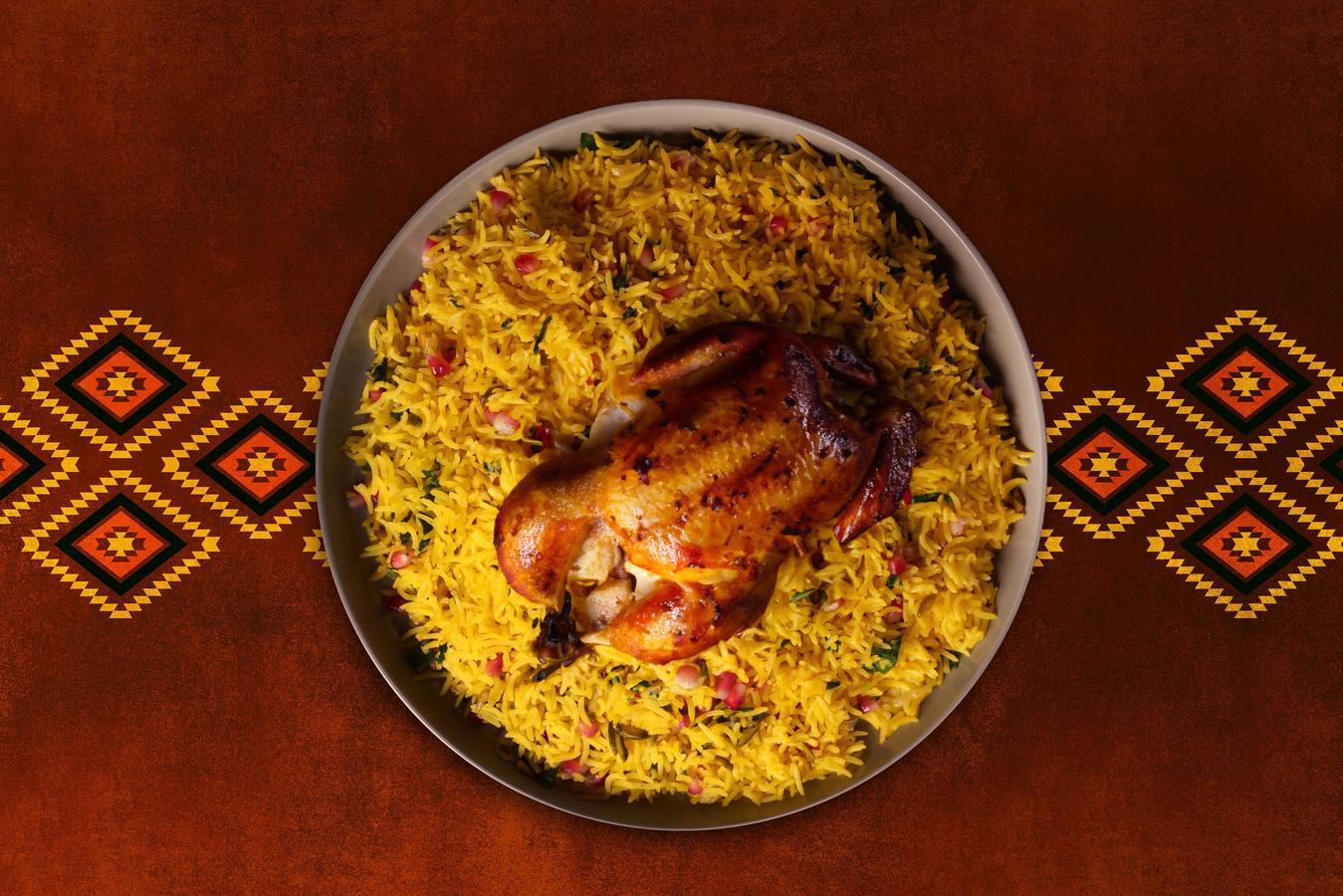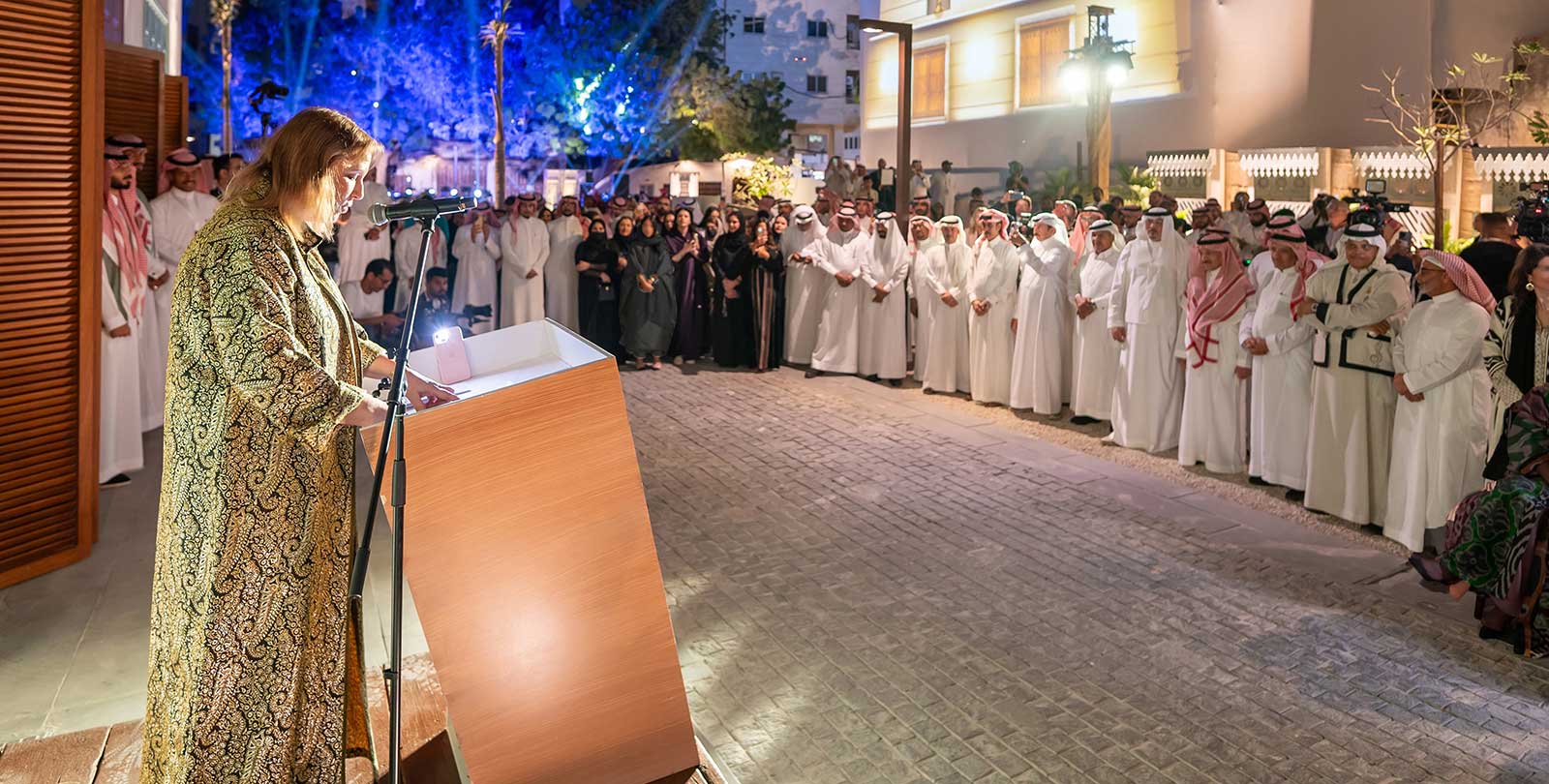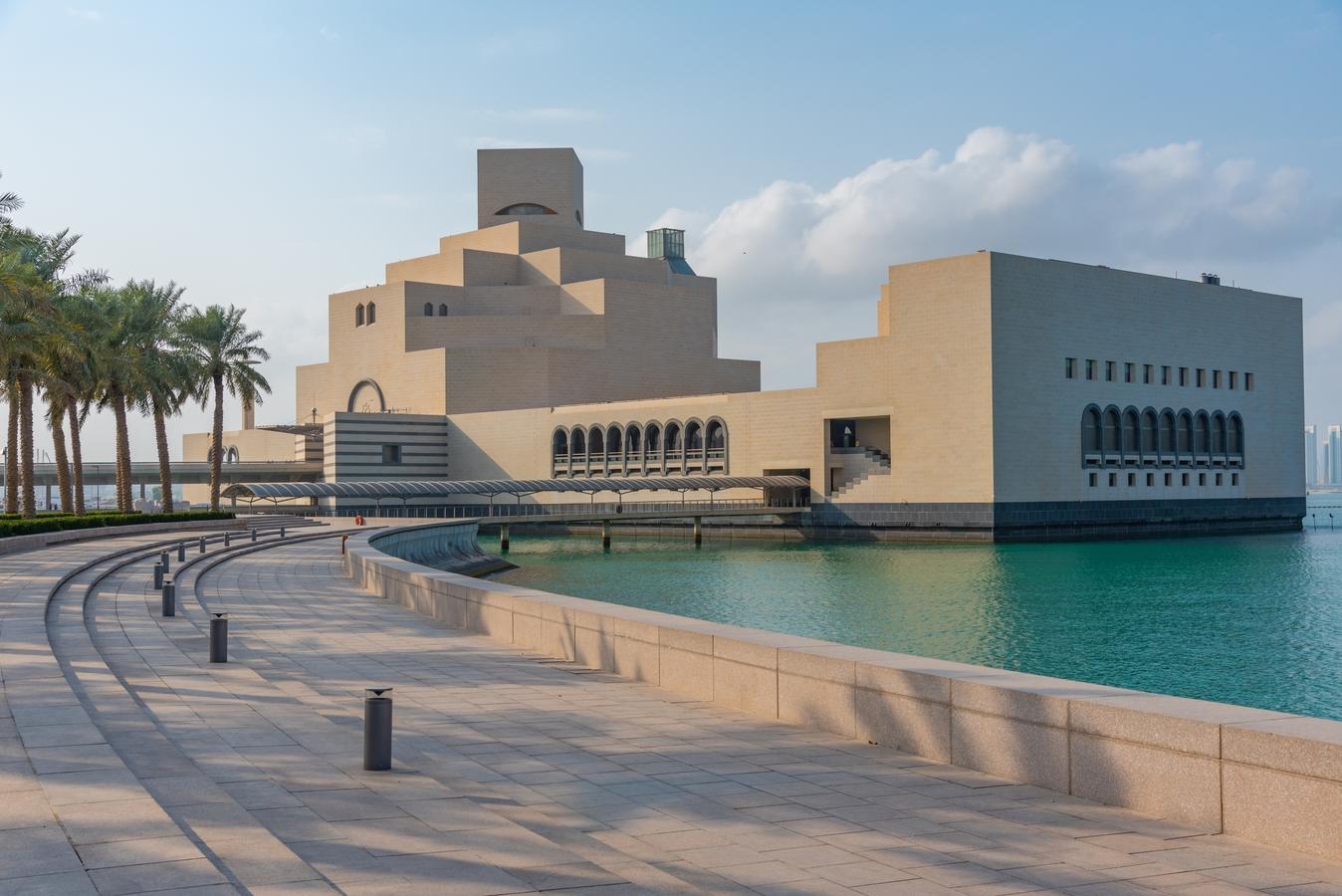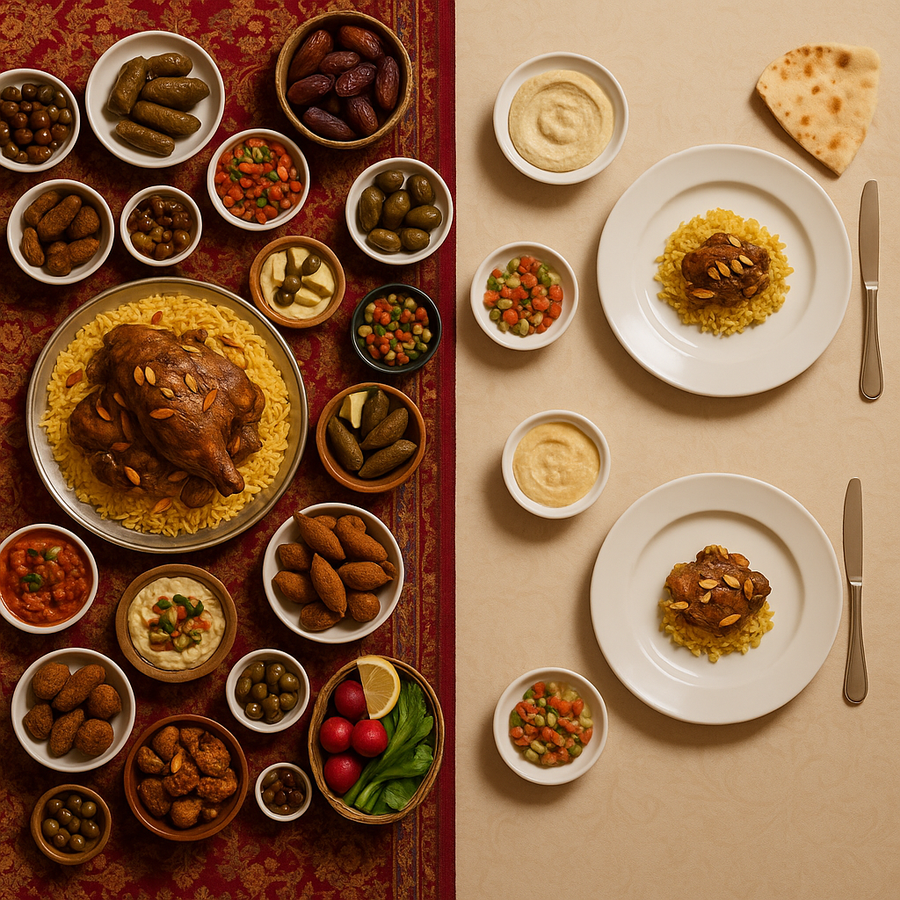Kabsa, a beloved traditional dish in Saudi Arabia and the Gulf region, is much more than a meal—it is a cultural symbol. This aromatic blend of rice, tender meat, and spices transcends its culinary origins to hold a central place in Saudi traditions and hospitality.
Recently, I came across the animated movie Salleq, which shares its name with a traditional Saudi rice dish. However, for many Saudis, including myself, Kabsa reigns supreme as the preferred rice dish. With its rich flavors and cultural resonance, Kabsa remains the go-to choice for gatherings and daily meals alike.
This preference was humorously underscored in the 1990s when football in Saudi Arabia was becoming professional. Players across the country were introduced to strict diets to maintain their weight, but Kabsa was notably absent from their meal plans. “We couldn’t understand why Kabsa was forbidden,” recalls a former Saudi player. “It was our comfort food, but no one wanted to admit it was fattening.” This resistance to change highlights how deeply ingrained Kabsa is in Saudi culinary identity, even when practicality calls for alternatives.
Kabsa is a mixed rice dish prepared with meat or chicken and infused with aromatic spices like cardamom, cinnamon, cloves, and black lime. Though its origins trace back to Yemen, Kabsa has become a staple across the Gulf Cooperation Council (GCC) countries, often regarded as the national dish of Saudi Arabia and Qatar.
Sharing culinary DNA with Persian and Indian dishes—particularly biryanis—Kabsa employs a similar spice profile. It is cooked by flavoring long-grain rice with broth from meat or fish. While chicken and lamb are the most common choices, regional variations include goat or camel meat, especially for special occasions. Typically served on large communal platters, Kabsa embodies the spirit of sharing and togetherness. Much like France’s coq au vin or Italy’s risotto, Kabsa occupies a revered place in Saudi cuisine. These iconic dishes have transcended their humble origins to become symbols of cultural identity, blending tradition with modern culinary trends. Kabsa’s enduring relevance highlights the global phenomenon of traditional cuisines adapting—yet staying essential—in a rapidly modernizing world.
Its preparation often reflects the importance of the occasion. For grand celebrations such as weddings or significant gatherings, Kabsa is traditionally served with a whole goat on oversized platters—a feat requiring extensive preparation. For more casual settings, a simpler version with chicken serves as a comforting everyday meal.
In addition to its central role in Saudi households, Kabsa is a cultural equalizer. “Whether you’re at a palace or a humble family home, you’ll always find Kabsa on the table,” explains a Riyadh-based chef. This universality underscores its importance in Saudi traditions, making it not just a dish but a shared cultural experience. Complementary side dishes—such as cucumber yogurt salad, sambousa, and tomato salad—enhance Kabsa’s flavors, transforming it from a simple dish into a complete culinary experience. This combination reflects Saudi Arabia’s emphasis on communal dining and shared traditions.
The origins of Kabsa intertwine with Andalusian and Arabic influences. Some historians suggest its name derives from the Spanish dish paella, which itself traces back to the Arabic word baqiyah, meaning leftovers. This historical connection reveals how Kabsa, much like paella, evolved from a practical, resourceful dish into a celebrated culinary tradition.
Kabsa also draws inspiration from Yemeni mandi, a dish cooked with meat and rice in underground ovens. Over centuries, Kabsa adapted to regional preferences, incorporating local spices and cooking techniques to become the dish we know today.
In 2021, Saudi Arabia’s Ministry of Culture announced a national initiative to promote traditional dishes—including Kabsa—as part of its broader effort to preserve and celebrate Saudi heritage under Vision 2030. This initiative has helped reinforce Kabsa’s place not only as a culinary tradition but also as a marker of cultural identity in a globalized world.
Kabsa’s ubiquity in Saudi households makes it a cultural touchstone. It is the quintessential dish for hosting guests, celebrated for its universal appeal and deep-rooted cultural ties. For many young Saudi men leaving home for the first time, learning to cook Kabsa becomes a rite of passage—a skill that ensures a taste of home no matter where they go.
Even at events showcasing international cuisines, Kabsa often makes an appearance, reaffirming its irreplaceable role in Saudi culinary traditions. “No matter how many fusion dishes we serve, someone always asks, ‘Where’s the Kabsa?’” laughs a chef from Jeddah, highlighting the dish’s enduring presence at modern gatherings.









0 Comments
No comments yet. Be the first to comment!